Formula feeding versus breastfeeding has been a hotly debated topic for some time.
How you decide to feed your baby can depend on many factors. For mothers who struggle with engorgement, pain, correct attachment for sucking or other medical issues, formula feeding may be the preferred option.
While breastmilk is considered important for giving your newborn antibodies to resist illness and be well-nourished, formula also has the nutrients required for healthy growth.
Choosing formula feeding is a personal choice. Mums shouldn’t be discouraged from either option. Instead, parents are urged to educate themselves on the best way to feed newborns whichever way they choose.
Whether you’re switching from breast to bottle or you plan to feed your baby formula from day one, here are the best practice formula feeding tips:
Pick a Formula
Although there is no evidence to support one formula brand is better than another, there are certain considerations to weigh up before you make your purchase.
The best baby formulas have enough protein, vitamins, minerals and calories, plus DHA and ARA (omega-3 fatty acids that support brain and eye health found in breast milk). Other essential ingredients to look out for include Alpha-pro or OptiPro and probiotics and prebiotics.
Your formula choice should also be:
- Based on cow’s milk, unless there are cultural, religious or health reasons otherwise. Babies are still able to get the right nutrients from soy or lactose-free formula, just stay educated about your options
- Have lower protein levels. Although protein is vital, higher protein formulas can increase your baby’s risk of being overweight later in life
Do: Choose whey or casein-based formula right for your baby’s age. Whey protein is suitable from birth and will be labelled “suitable from birth”, “newborn” or “whey dominant”. Casein-based formula is for babies aged six months and over.
Don’t: Use leftover formula. A fresh bottle is needed for every feed to avoid bacteria growth.
How to Prepare Powdered Formula Feed
If you are preparing powdered formula for the first time, this step-by-step guide will help.
Always check the feeding recommendations on the back of your chosen formula. Once mixed with water, formula’s shelf life is limited because of bacteria build-up. If your baby doesn’t finish a full bottle in one feed, only offer it again within the hour then dispose of.
Do: Mix and measure carefully and always test temperature on the inside of your wrist before feeding your bub.
Don’t: Warm the bottle in the microwave as hot milk spots may form and burn your baby’s mouth. Instead, place the bottle in a pot of boiled hot water or run bottle under a tap to warm.
Use Sterilised Equipment
A baby’s immune system takes time to develop. To minimise infections and illnesses, the use of sterilised equipment (including washing your hands) is paramount.
Everything used to prepare a feed must be thoroughly cleaned before each use. Removing traces of formula from bottles doesn’t ensure they’re completely germ-free. Instead, sterilise with boiling water and/or chemical sterilisers.
Do: Emphasise cleanliness by washing your hands and wiping counters properly. Check for any dirt or foreign particles in the formula before use.
Don’t: Use expired or damaged formula.
Go with the Flow
To encourage a happy feeding process, invest in the right teat. Different teats have different flows which affect the way your baby feeds.
Newborns need a slow release teat to minimise reflux, whereas older babies prefer a fast flow teat. Bottles come with their own brand of teats, however, if your bub is rejecting the bottle try changing the teat. Check with your local pharmacist about which teat is best for your baby’s age.
Do: Hold your baby for feedings in a semi-sitting position where you can see each other’s faces and bond during feeding time. In this position, you’ll also be able to see when your baby has had enough.
Don’t: Leave your baby full of wind, as this can be painful when sleeping. To avoid this, tilt the bottle so formula fills the teat or purchase an angled bottle which automatically does this to reduce your baby sucking in air.
Burp, Burp, Burp
Upchuck and reflux are common with feeds. To reduce symptoms of both and minimise air getting trapped in your baby’s tiny belly, regular burping will help.
Burping bub after feeding will assist in bringing up bubbles. Reflux can be avoided by feeding your baby small amounts each time and keeping them sitting upright for up to an hour afterwards.
Do: Make sure nappies aren’t on too tight during feeds, which puts added pressure on your baby’s stomach.
Don’t: Feed your baby whilst they are laying down. Babies must be fed in an upright position.
Establish a Feeding Routine
Feeding routines, especially at night, are helpful for both you and bub. Tricks such as keeping formula pre-measured and ready to mix are smart time savers.
Speed up the process further by having clean bottles filled with water ready to go as well. Create a comfortable feeding station to help with the process on those long, tearful nights.
Do: Encourage family bottle feed. Feeding is a great bonding opportunity for you and your baby, but allow other family members, such as dad or nan to do bottle-feeding too.
Don’t: Change your baby’s nappy during night feeds unless necessary. If your baby falls asleep in his feed, it may be worthwhile changing his nappy then to wake him up for a proper feed.
Whether you choose to bottle feed, breastfeed or alternate between both, feeding time should be a comfortable bonding time between you and your baby.
Let other mums know what tips and tricks have worked for you in the comments below.
We may get commissions for purchases made using links in this post. Learn more.
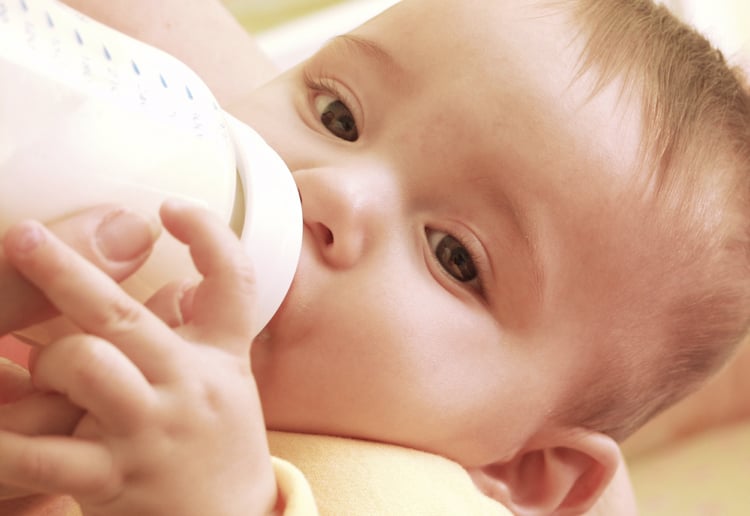
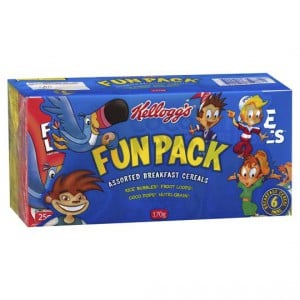
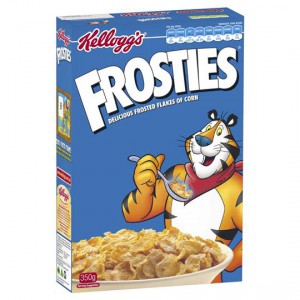
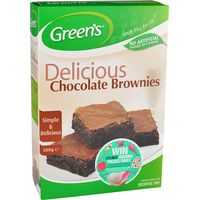





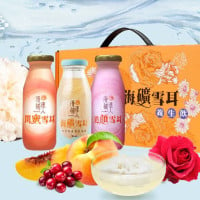
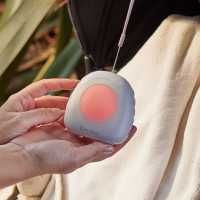









-

-
-
-
mom81879 said
- 25 Nov 2018
Reply
-

-
-
-
Blossom said
- 13 Oct 2018
Reply
-

-
-
-
Ellen said
- 10 Oct 2018

Reply
-

-
-
-
becstalou said
- 09 Oct 2018
Reply
-

-
-
-
mom265671 said
- 09 Oct 2018
Reply
-

-
-
-
mom206279 said
- 08 Oct 2018
Reply
Post a comment1:43 pm
6:07 pm
2:49 am
11:30 am
12:46 am
12:58 pm